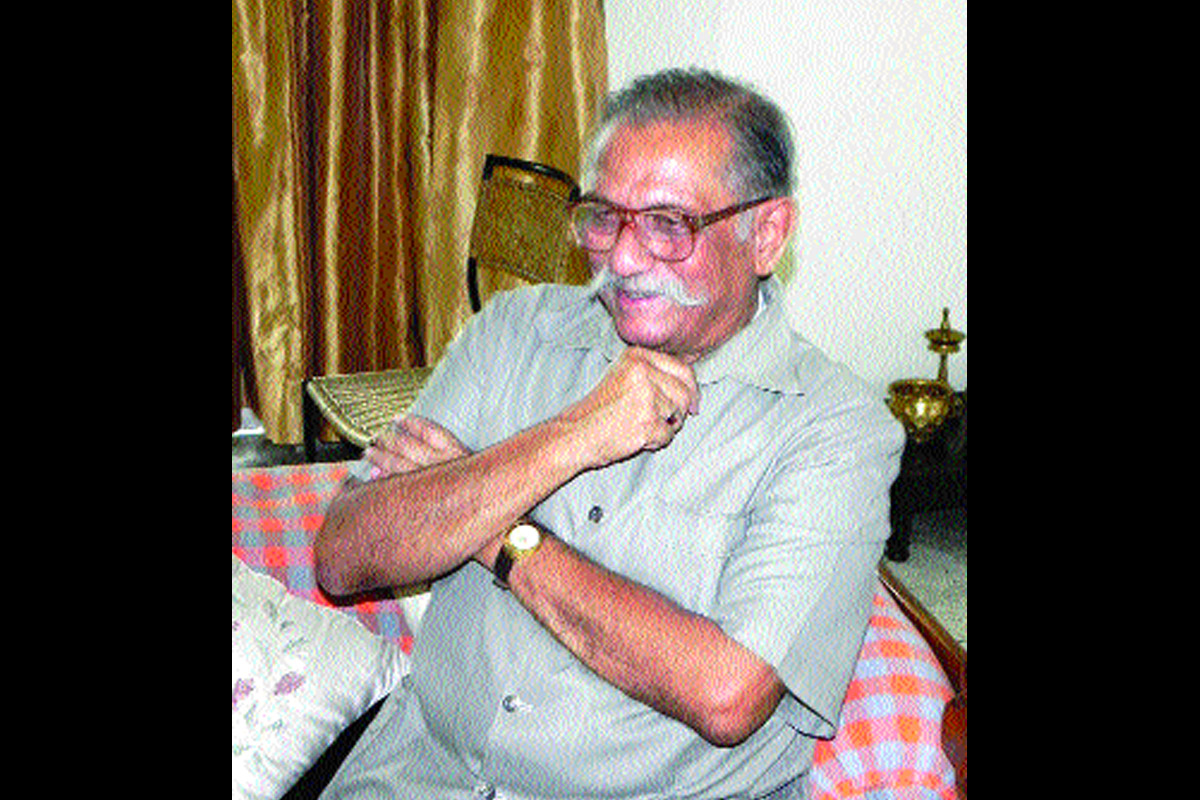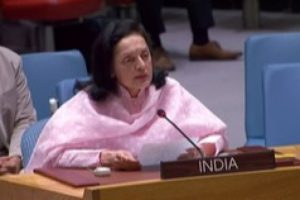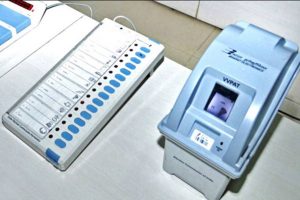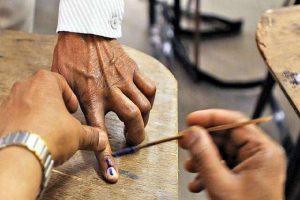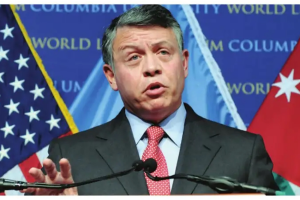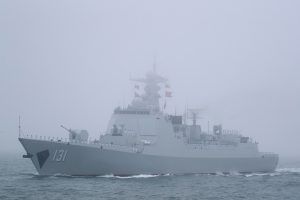As rounds of disengagement talks between India and China continue with no apparent resolution and as China builds up it defence systems along the Line of Actual Control, former Chief of the Indian Army, General Shankar Roychowdhury speaks to Soumyadip Mullick on how India needs to strengthen its manufacturing capabilities to take on China economically, while improving ties with neighbours such as Afghanistan and Bangladesh.
Q. The India-China disengagement talks continue but even after several rounds there is no concrete solution. Can this impasse ever be ended since it is also costing us a lot in terms of the economy?
A. This problem will never be solved. We must accept that border talks between Indian and China have been going on for about 20 years at least. We have had border clashes during this time. The first clash took place in 1962. When we take on China, we ought to remember that its strategic partner is Pakistan which puts us in a position of having to take on both these countries simultaneously.
Q. What precisely are the ways to tackle China or at least mount pressure without going into a direct confrontation?
A. Firstly, we need to economically compete with China which is difficult for us since our economy is in a bad shape. Unless we can turn our economy around and stop making India the dumping ground for Chinese products, this will never work. Secondly, this time, Indian managed to put behind the ghosts of 1962. We need to continue to maintain our position and a military front in Ladakh.
Q. Do you feel a military approach is the need of the hour since diplomatic talks are proving to be futile?
A. There definitely needs to be a military component but basically, it has to be through diplomatic talks and economic strategies. No country would want continuous tension and conflict.
Q. What should be our military strategy at present, especially in Ladakh to cope with the prevailing situation there?
A. We need to maintain our military front in Ladakh. Presently, the centre of conflict in Ladakh is the Pangong Tso Lake. Our forces are re-equipping themselves with new weapons and what may be termed as an “inland navy”. We are manufacturing inland water transport vessels that carry our troops through these water routes.
Q. China recently said its military deployment in the Western sector along the border is a normal defensive arrangement. How rational is the claim?
A. We clashed with China in the Galwan valley for the second time after 1962 and we held our ground there. Now, we are meeting China in the middle of Ladakh – the absolute centre. We now need to maintain our positions here and build up strength which includes weapons and airpower.
Q. Coming to weapons, what would you say are the present defence requirements of the Indian Army to counter a two-pronged attack from China and Pakistan?
A. We need to spend the necessary resources to avail of modern age weapons and shape the defence budget accordingly. This is where ‘Atmanirbhar Bharat’ comes into play though it isn’t anything new but a catchy phrase for what we knew as import substitution. We need to manufacture our weapons and adopt advanced technology as per our needs. The private sector here can play a crucial role but the government needs to ensure it doesn’t turn into just a profit-oriented one. Their resources need to be tapped into.
Q. The claim of tight defence budgets is not unheard of in India. Is it at all possible to match up to China in terms of technology and firepower in a short period?
A. We need to balance out our defence budgets. In our country, defence can never get a lion’s share of the budget so we must depend on Make in India to ensure whatever is spent comes back to the country. We have immense resources for manufacturing but we need to figure out ways to put them to the best use.
Q. China has reportedly built upon their defence systems in Hotan and Nyingchi airbases along the Line of Actual Control. Do you feel it’s an aggressive stance amid peace talks? This makes the efforts going into disengagement talks look redundant.
A. We can’t prevent China from deploying defence systems in Hotan airbase. It’s their territory. In response, we can only build up defences on our side to counter any possible attacks. For this, we too need advanced weapons. The DRDO has large resources which must be put into wise use. We already have the best troops in the world. They must be used efficiently.
Q. We have heard before that the 1962 war was more of a political debacle than a military one. Is the prevailing conflict and impasse a sign of another political debacle?
A. Our country has a new government but I believe whichever government comes to power should learn to take a firm stand in matters, such as border disputes. In 1962, we were too keen on peace. Peace is good since without it there is no development. People don’t want tension throughout. But in dealing with China, I reiterate that we must keep in mind we are also tackling simultaneous threats from Pakistan. This factor ought to be taken into consideration by every government.
Q. Any scope of India and China ever sharing a sound bilateral relationship by ironing out the existing creases? If not, then what can our country do to corner China strategically?
A. Which country does India have a bilateral relationship with? I fail to understand. It is high time we realise the importance of exploiting all opportunities, such as strengthening ties with Afghanistan and Bangladesh. We must put into use a combination of prudent diplomatic and economic relations.
Q. How vulnerable is the North East as long as the border dispute continues between India and China? Should the government be concerned about the eastern part of the border where there has been infrastructure development on the Chinese side?
A. The North-East is part of the same border. China considers Arunachal Pradesh as part of Southern Tibet. This has been their long-standing claim without any apparent alterations. These things need to be taken into consideration by the ruling governments when we are dealing with China.
Q. Recently a BJP MP has stoked controversy with a demand for North Bengal, claiming it should become a Union Territory (UT), supposedly for better security purposes. Will making North Bengal a UT give any strategic advantage to the Indian government in terms of security?
A. North Bengal in itself is of great strategic value. However, strictly speaking from a security point of view, the country must first ensure we have non-confrontational politics within our borders which is becoming rare. It is only after we have been able to secure that, we can manage exterior threats by building upon our defences in air, water and land.

